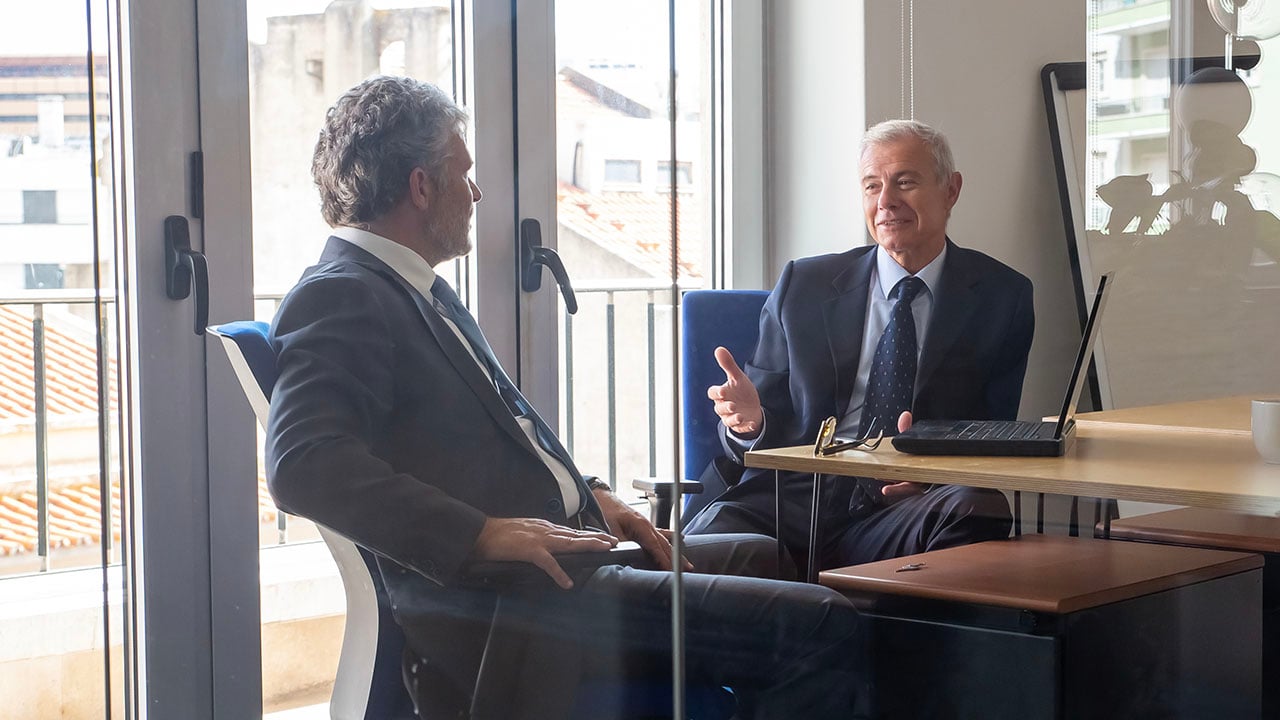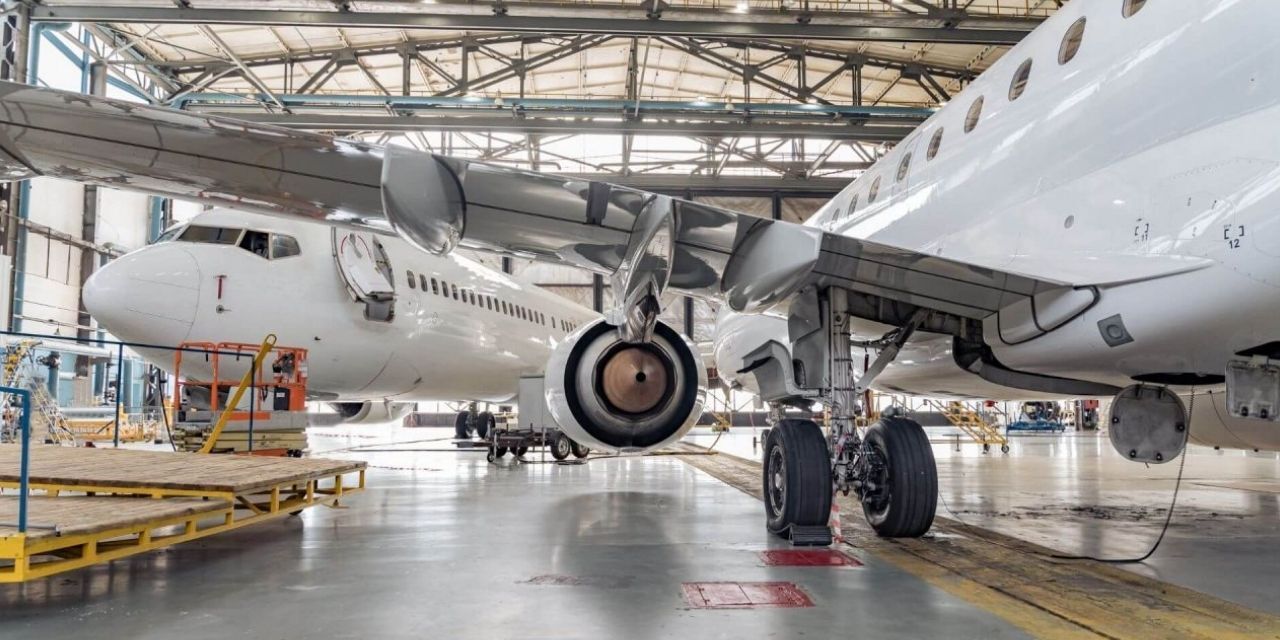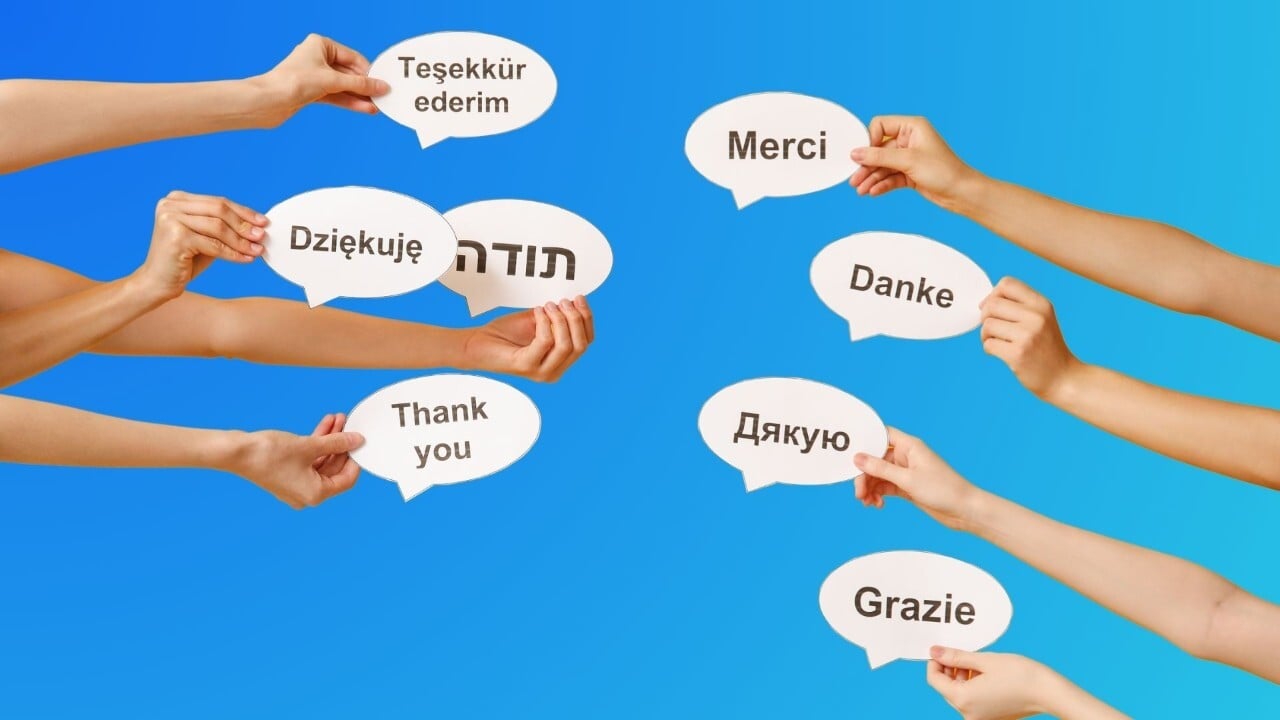Key Takeaways
Here’s what you should remember:
-
There’s no one-size-fits-all: Subtitling, UN-style dubbing, AI voice-over or full re-recording — each strategy suits different goals, budgets, and audiences.
-
AI voice-over is a game-changer: It speeds up delivery, lowers costs, and ensures multilingual consistency, especially for eLearning and internal videos.
-
Subtitles still matter: With 85% of videos watched on mute, subtitles are key to accessibility and viewer retention across platforms.
-
Preparation is everything: Sharing clean source files, clear expectations and format needs upfront ensures a smoother, faster localization process.
-
Acolad is your strategic partner: With a blend of certified linguists, advanced AI tools and deep industry experience, we help you scale your multimedia content with confidence.
From online training materials to digital marketing, one content trend is impossible to ignore: the importance of multilingual audiovisual content, or multimedia localization , in your business communications – whether internal or external.
We’ve handled many complex multimedia localization projects whose purpose is to educate colleagues, persuade prospects and create a memorable and interactive experience. The media elements that require adaptation for target regions include subtitles, dubbing, audio tracks and video itself.
Check out our multimedia localization tips as we answer frequently asked questions covering all you need to know when localizing video or audio content.
How to Choose the Right Audio Localization Strategy for Global Video Campaigns
There are different routes to take with localizing audio in video, and the one you choose will depend on your requirements. Internal videos generally may not require the highest possible production values that customer-facing audiovisual content may require.
Carefully considering your audience may allow you to save some time and budget. For instance, if you have a video of a person speaking into the camera, have you thought about how you would like it localized?
Here are some of the different audio “routes” you can take:
UN-style Audio Localization
One option is UN style, which is when the speech volume of the person speaking in your video is turned down, and the voice actor speaking in the target language cuts over it at a higher volume.
Remove Original Audio and Sync with Native Speaker’s Voice
Alternatively, you could choose to remove the original audio and have the target voice actors localized speech synced with the speaker’s lips and mouth movements. As you might imagine, this entails more precision, time and cost.
Re-record Using Native Speakers of Your Video’s Target Languages
It might be an option to re-record your training module or corporate video using an actor who is native to the target language and country. Depending on the complexity of the video, this may incur additional costs. If you’re not sure which path to take, we can guide you.
Multilingual Subtitles
Finally, another option to consider is the use of subtitles at the bottom of the video. Simple subtitles in place of audio dubbing can be used in cases where only minimal localization is needed. Keep in mind 85% of Facebook videos are watched on mute, which is why Facebook videos are an example of a good candidate for subtitles. Investing in re-recording would result in a much lower ROI, as most of your audience wouldn't hear it.
Summary: 4 Key Audio Localization Options
-
UN-style dubbing – Original audio turned down, translated voice overlays it
-
Full voice replacement – Original voice removed, new voice synced
-
Native re-recording – Entire video re-recorded in target language
-
Subtitling – Text appears on screen; good for muted platforms or quick turnaround
So, which one(s) make the most sense for your multilingual video campaigns?
Can AI Voice-Over Replace Traditional Dubbing in Global Video Localization?
AI-powered voice-over tools are redefining how companies approach audio localization. These advanced systems use synthetic voices trained on real human speech, allowing them to deliver tone, emotion, and nuance that were previously only achievable with professional voice actors.
AI voice-over offers a scalable and cost-effective alternative to traditional dubbing, especially for projects requiring quick turnaround or frequent updates, such as eLearning modules or internal corporate communications. The technology can simulate regional accents and deliver speech in multiple languages with high clarity and consistency.
That said, context and content matter. While AI voice-over is ideal for straightforward, informative narration, emotionally rich content or high-stakes customer-facing material may still benefit from human touch. Ultimately, the decision depends on your goals, budget, and the experience you want to deliver to your audience.
















































